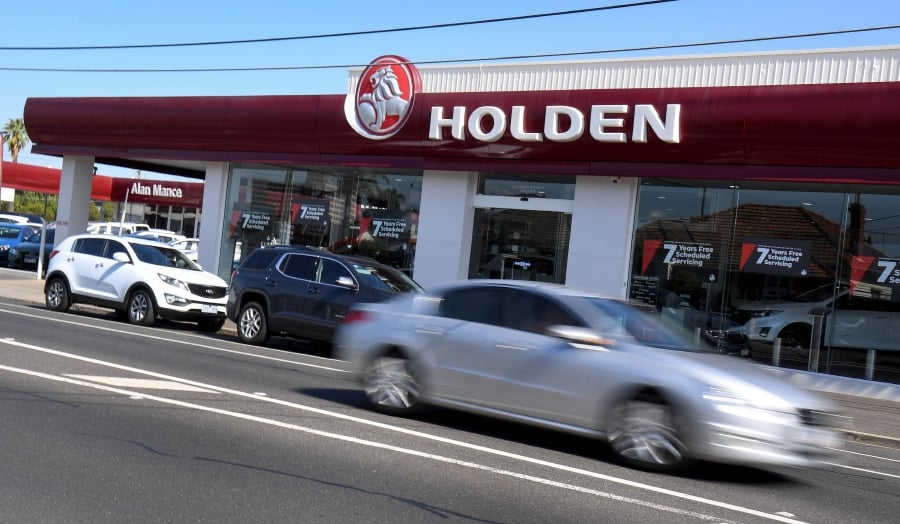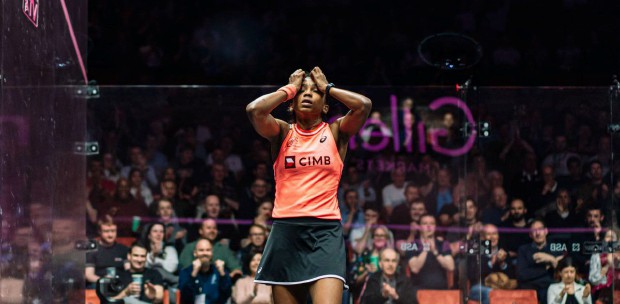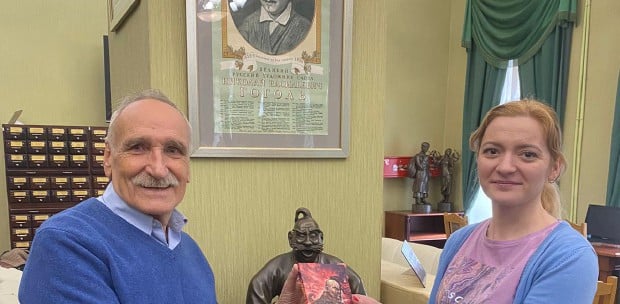HOLDEN is dead. GM killed it because no one wanted Holden.
Unlike Opel and Vauxhall that PSA wanted and the Chevrolet factory in Rayong, Thailand, that Great Wall Motors wanted, no one wanted Holden.
There is a lesson to be learnt somewhere; something about having good market research, economies of scale and that sort of thing.
When news broke that the General was axing the Commodore for good, there was sadness because the inevitable had finally arrived.
For the last five years, at least Holden’s state of health was really touch-and-go and there was no end in sight and no new killer product to bring hope.
Here was a brand that used to command more than half of the Australian car market but the good times lasted until a year or two after the turn of the century, and now the car badge most associated with utes, shrimps on the barbie and kangaroos is finally dead.
It just didn’t move towards sport utility vehicle (SUV) quick enough and, as a result, it slowly sank into its own past glory and focused much of the effort on a track rivalry with Ford.
While the track rivalry remained a central pillar of Australian automotive life, it could not generate sales on Monday because Holden didn’t have anything people wanted to buy.
The last Commodore was, I was told, a pretty good rear-wheel drive sports sedan and offered fantastic value for money because it came with a stonking big engine and its chassis was well sorted out.
Sadly, not many people were queuing up to buy big, hairy-chested, smoke-belching sedans any more, not unless it came from Germany and offered fuel economy numbers too good to be true.
Everyone else was looking for SUVs while a smaller group wanted people carriers, the rest wanted small cars that behaved as if they were allergic to petrol stations.
Since we all love grease under our fingernails, safe, boring, reliable cars are never going to spin our records; thus we must look for the most exciting Holdens to collect.
I am going to try and list cars that we may actually have a chance of finding in Malaysia.
Basically, we are quite limited to the HQ platform that came out in the early part of the 1970s.
These platforms were the basis of the Kingswood lineup of large family cars, the Statesman that was basically long-wheelbase version of the HQ platform sold as full-size sedans and the Monaro that took care of the coupe market.
I remembered the Kingswood in sedan and wagon form, both were quite elegant, designed with flowing lines and a calm stately demeanour; they grabbed attention wherever they went.
If you spotted one new in the 1970s, then chances are they were senior civil servants.
The HK platform that preceded the HQ was decent but those cars didn’t have the elegance and stately demeanour of the newer ones.
The round headlamps in rounded square surrounds works like a treat with the wide grin of a front grille, giving the Statesman an impossibly wide look.
Like all cars designed at the turn of the 1970s, especially more so those that shared their underpinnings with Detroit, they used size as a reflection of the optimism of the time.
It came with a very generous chrome bumper front and rear, they looked so heavy that it helped to ground the car in the public’s mind.
I particularly liked the way the designers designed the tail lamp to sit like rocket engines inside the rear bumper.
There was a neatness and purity to the whole design which made all three variants the best-looking Holdens ever, in my mind at least.
There was nothing unnecessary embellishing the car and even though we knew it was a luxury family car, it never looked ostentatious, no huge chrome grille or anything like that. In a way, it was probably why the car attracted.
Even in the longer wheelbase incarnation as the Statesman, Holden kept it understated, maybe it was an Australian thing of wanting things that were practical and purposeful without any real need to shove a large chrome grille in our faces.
The Monaro was the best-looking of the three handsome brothers.
The coupe roofline and shortened wheelbase gave the Monaro its rather menacing and hunched-up look.
These cars came with inline six-cylinder and V8s, some of which were made by Holden in Australia but others were imported from the United States.
Either way, engines came as 2.8, 3.3, 4.1, 5.0 and 5.7 litres, which meant power was adequate, sufficient, acceptable, somewhat spirited?
I know a family who owned the land yacht Kingswood wagon and they lost three good children in the vastness of its cabin. The mother lamented her mistake of choosing the wagon till her later years.
Her inability to locate three of her large brood was somewhat made worth it when they could pack enough rice, fish and vegetables in the load area to make feast for three villages.
She once considered suing Holden for the lost children but thought better. She was worried that they might actually send someone to find the missing persons.
To be honest, she was kind of happy with the remaining children and didn’t want to have to deal with three resentful ones who thought their mother didn’t love them enough to look for them in the car’s footwells; or maybe in the boot.
Some years later, they escaped the Kingswood and were found to be very happy driving a red Perodua Kancil, which made them feel a lot safer.
So go get yourself a Kingswood or a Monaro or the Statesman, you’ll have yourself a car that eats children and that can be a very useful tool for disciplining the young ones.
With the HQ series Holden, you can’t lose right now.
Thanks to the fear that owners cannot get proper after-sales support, prices are tumbling.
Thank you GM for the good times.





